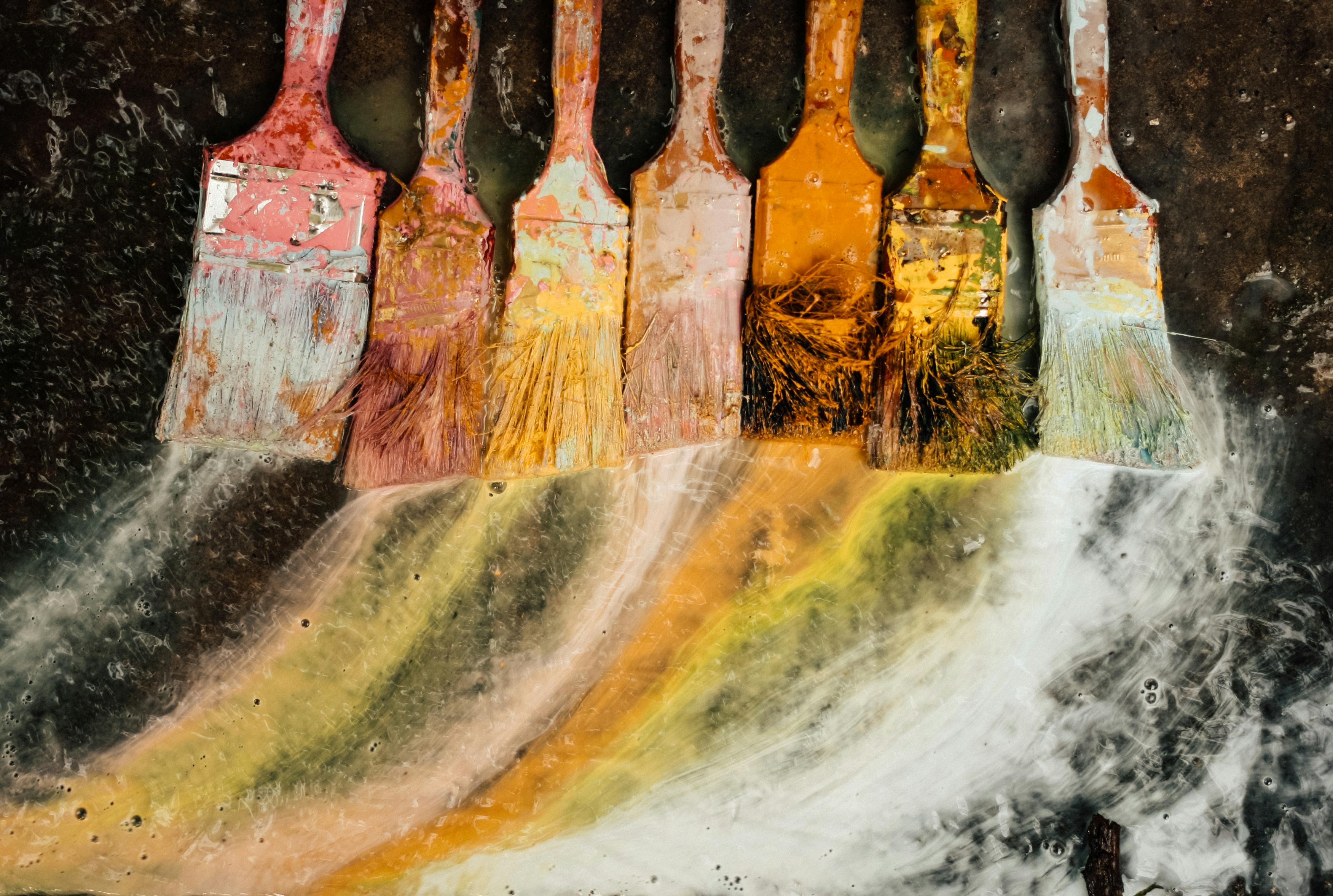Flavor of varieties of honey
There are several hundred unique types of honey from around the world. Almost all countries produce honey, each country has its main and special varieties of floral honey and quality standards, but the main honey producing countries are the United States, Canada, Australia, Argentina, Mexico and China. Some people judge the quality of honey by its floral origin, but each floral variety has its own distinct and original flavor, texture, and color. The flavors range from very mild and mixed to strong and spicy and the colors range from dark brown to colorless. As a general rule, light-colored honey has a milder flavor and dark-colored honey has a stronger flavor.
The unique aroma, flavor and color of each of the varieties of honey are determined by the floral source, such as clover, linden, orange blossom or buckwheat, from which the bee collects the nectar.
Aristotle, the Greek philosopher, reported in the 3rd century BC that bees that have been collected from a certain flower choose to return to another flower of the same type and communicate to other foreigners in the hive by means of smell and physical movement, the location of Beehive. specific nectar source. He observed that in each expedition the bee does not fly from one flower of one type to another until it returns to the hive. Upon reaching the hive, the bees shed their load and each bee on its return is followed by three or four companions. Bees can select the best-performing nectar source available at any given time, leading them to focus on a single source. Hives that have been moved to flourishing fields for pollination purposes offer bees a great unique source from which to collect. To be labeled as a certain variety, a honey must be 80% of the source mentioned.
Honeys vary not only in color and flavor, but also in their medicinal properties, with some varieties such as Manuka honeys being more powerful than others. After trying so many different brands of honey, I discovered that the same floral variety of honey from different brands may not taste exactly the same. The climatic conditions of the area can influence the taste, color and quality of the varieties of honey.
I learned from a honey recipe book some interesting steps and tips on how you can explore and appreciate the taste of different varieties of honey and I would like to share them with you.
1) Before tasting, observe the aroma of honey in the jar.
2) Put a tablespoon of honey, less than eight teaspoons. Put it in your mouth.
3) Let it dissolve on the front of your tongue.
4) As your taste buds respond to the dissolution of honey, you can smack your lips to distinguish the full range of flavors.
5) Flavors are enhanced when honey flows to the back and sides of the mouth.
6) Take the time to observe the lingering aftertaste.
7) When tasting several honeys in a row, drink hot black tea in between to keep your palate clean. Unsalted cookies can also help restore your tasting apparatus.
8) Give your mouth time to realize the intricacies of honey before moving on to another sample.
Source: http://www.benefits-of-honey.com/honey-varieties.html


